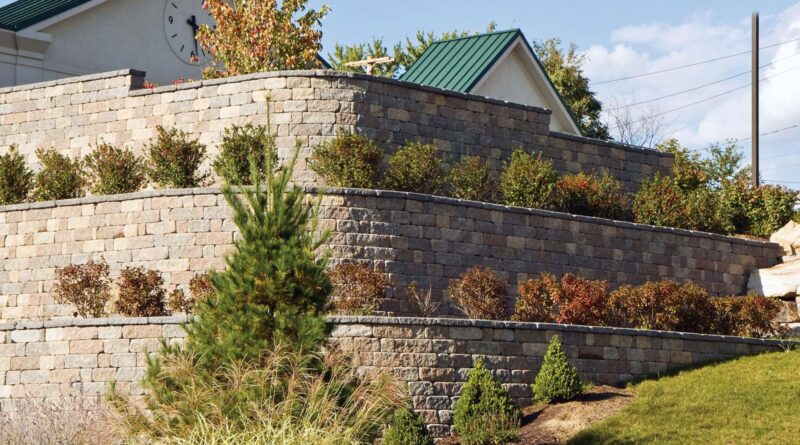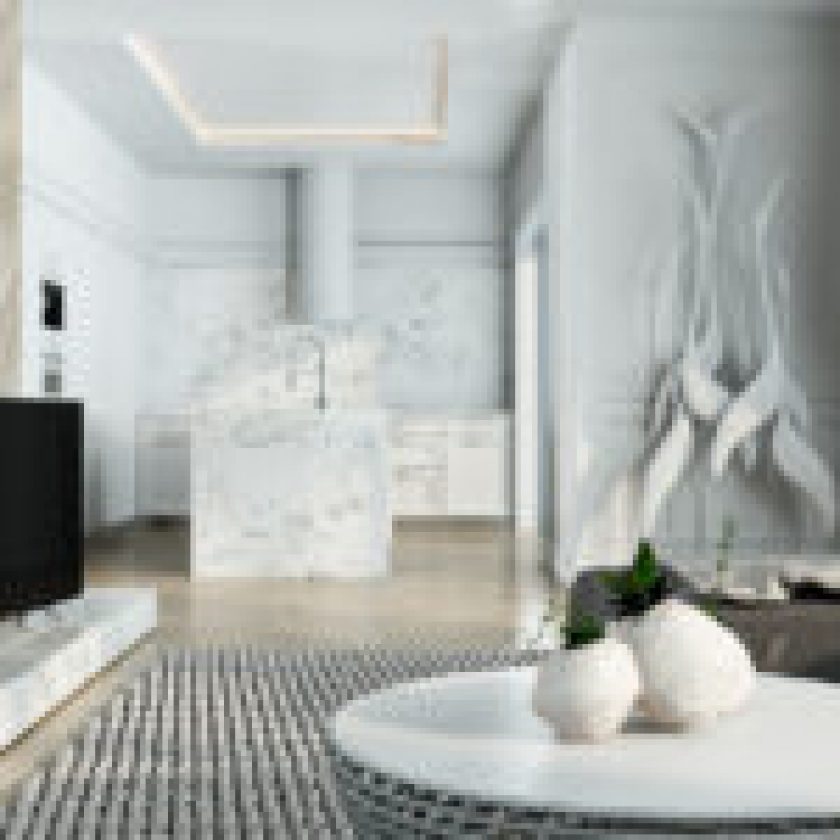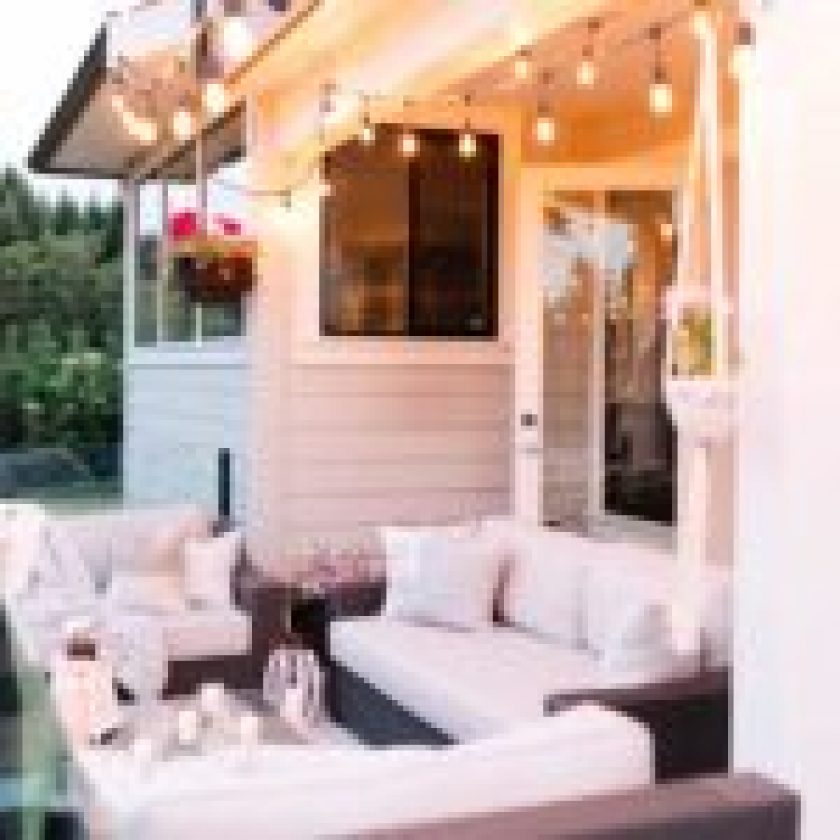Terraced retaining walls are gorgeous additions to any landscape. They maximize yard space and make it more lively and inviting. Instead of one tall and flat wall, terraced retaining walls make any garden more refreshing to look at.
Retaining wall installation can be done yourself. But it would be best to let the professionals handle it. There are a lot of measurements involved in the process, especially for taller walls. With expert help, you won’t have to worry about the engineering aspect of the whole process.
Terraced Retaining Wall Types
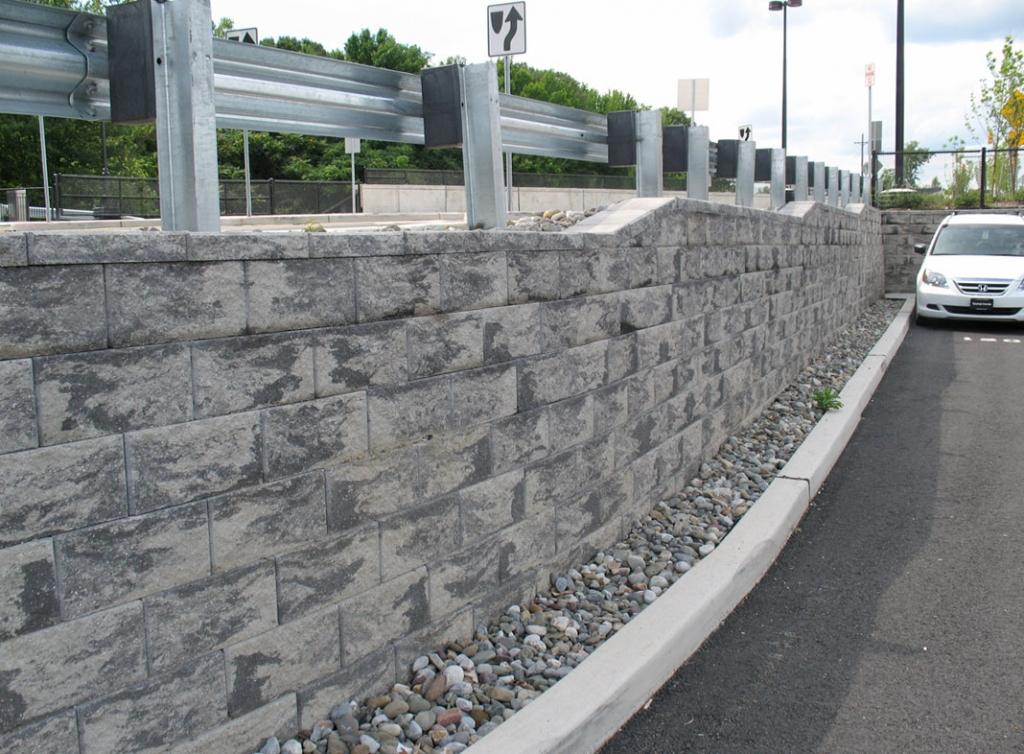
source: cornerstonewallsolutions.com
There are two types of terraced retaining walls—dependent and independent.
Dependent walls are those that put extra weight on the lower wall terraces. This usually happens when there isn’t much horizontal space in a landscape.
Dependent terraced walls are more complicated to do than independent walls. You would need to make sure that the lower walls can hold the weight of the soil and all the other upper walls. This type of wall should be done by experts to minimize the risk of the wall collapsing in the future.
Independent walls, on the other hand, are those that do not add extra weight to the lower walls. They usually follow the 2:1 ratio—the distance between the walls should be twice their height.
If the height of the walls is 2 feet, the horizontal distance between them should be 4 feet. This is also sometimes referred to as the “two times” rule of thumb.
Independent walls are easier to design since they are considered different walls altogether. You wouldn’t have to account for added weight for the lower terraces. You’ll have more creative freedom when it comes to independent terraced walls.
Why Should You Install Terraced Retaining Walls?
Stability
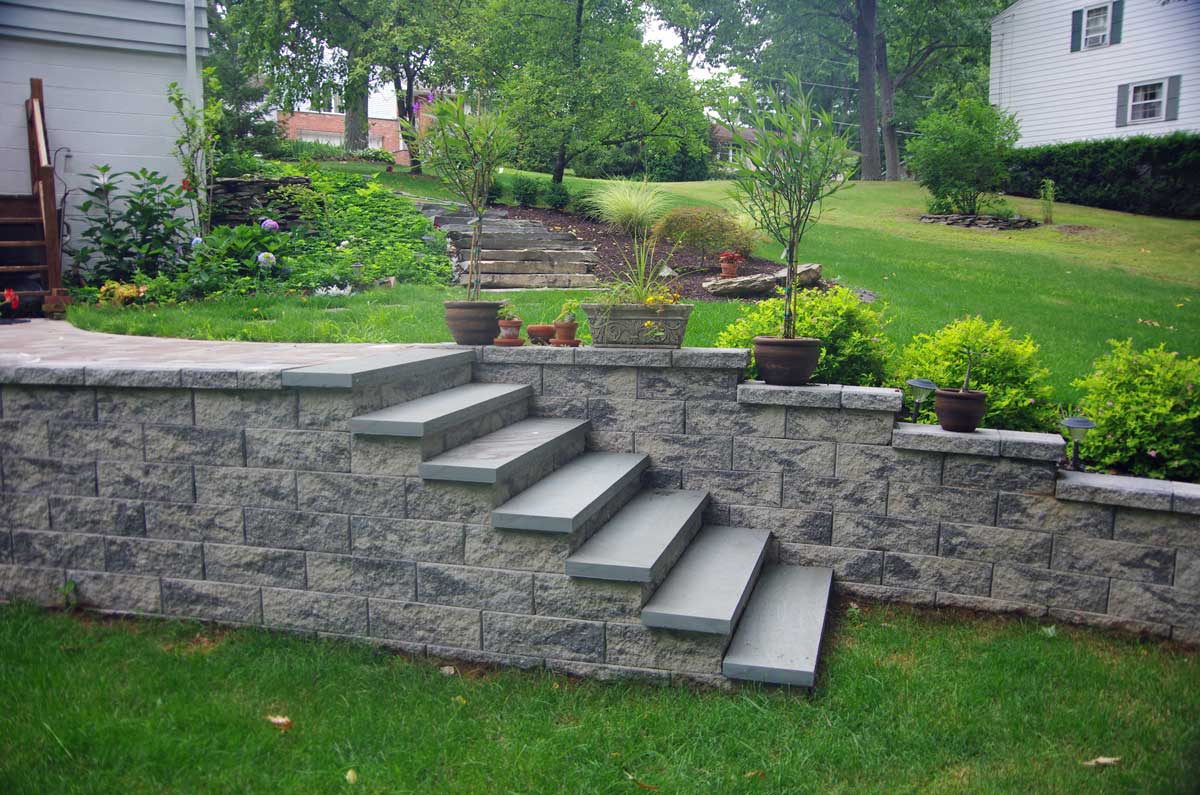
source: cornerstonewallsolutions.com
The biggest thing that terraced retaining walls offer is more stability. Compared to a single vertical wall, it has a lower risk of collapsing.
This isn’t to say that tall walls aren’t stable, though. It’s just that terraced walls are easier to engineer and design. You wouldn’t have to worry about a single wall holding all the weight of the soil behind it.
If a retaining wall is stable, it’s also automatically more durable. It would also only need minimal maintenance.
Aesthetic Value
Another thing that terraced retaining walls offer is aesthetic value. It’s much easier on the eyes compared to single walls.
Breaking off a wall into tiers gives it a fresher look. It also looks less rigid and more flowy or relaxed. It’s also easier to make curved designs for terraced walls to break off the sharp lines of an otherwise boxy home.
Terraced retaining walls could even function as stairs that lead to your front door. This gives your house front a more uniform look. It also gives the impression that your house design has been well thought out.
With a lot of designs to choose from, terraced walls increase curb appeal and property value.
Environmental Impact
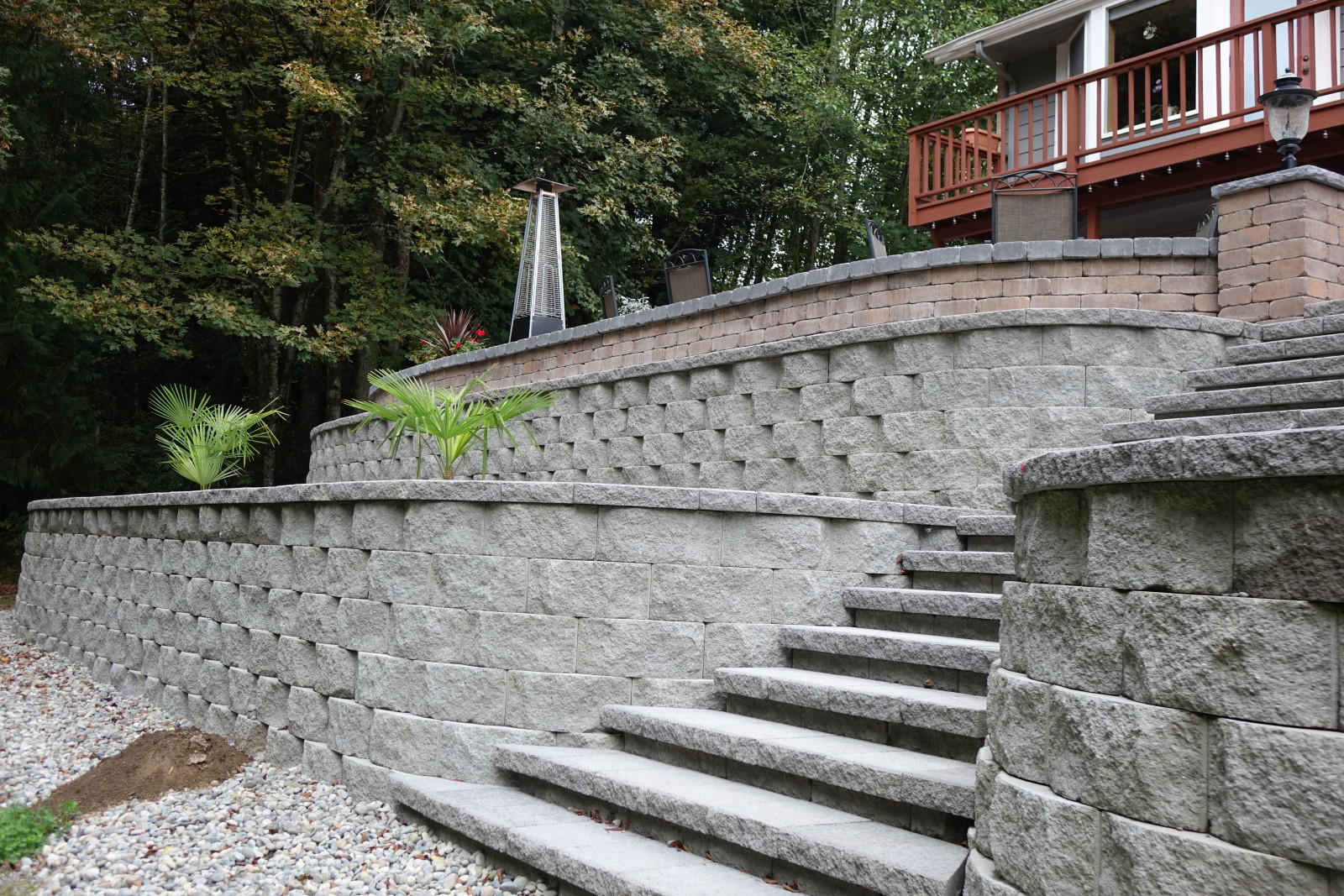
source: pinterest.com
The more neglected benefit of terraced retaining walls is their impact on the environment.
Because you can make plant beds out of your terraced walls, it makes your space more eco-friendly. Plants on your retaining walls prevent your house from re-emitting heat from the sun. This is common in urban areas where there isn’t much room for heat to flow normally.
More than the aesthetic value that they can give to your landscape, just a few plants on your terraced walls could already make such a difference.
Retaining Wall Uses
Retaining walls are used to hold soil weight and prevent erosion. But because of developments in the retaining wall system, it can also now be used to add visual appeal to any home.
Who wouldn’t love home improvements that are both functional and aesthetically pleasing, right?
Again, here are the reasons why you should install terraced retaining walls in your garden:
- They provide more stability and durability. Lower and tiered walls can be made stronger to retain the soil’s weight.
- They make any space more gorgeous and refreshing to the eyes. The aesthetic value of terraced walls is something that single tall walls cannot give.
- They aren’t harmful to the environment. Terraced walls can double as plant beds and make the space greener. It gives an urban area a place to breathe and doesn’t re-emit heat from the sun.

